The jurors got to see just how different a police officer’s sidearm is compared to a taser, as they listen to prosecutors present evidence against Potter, a 26-year veteran police officer who should have known the difference between the two. The defense is presenting the shooting as an accident but is also pointing out that Wright was in violation of the law, and was not cooperating with officers, and his behavior was dangerous. As reported by the AP:
Prosecutors asked to have the jurors handle a taser, but Judge Regina Chu didn’t allow it after Potter’s attorneys objected
MINNEAPOLIS (AP) — Prosecutors in the manslaughter trial of a Minnesota police officer put the differences between her handgun and her taser on display for jurors, seeking to raise questions about how an experienced officer could confuse the two weapons in the shooting death of Daunte Wright.
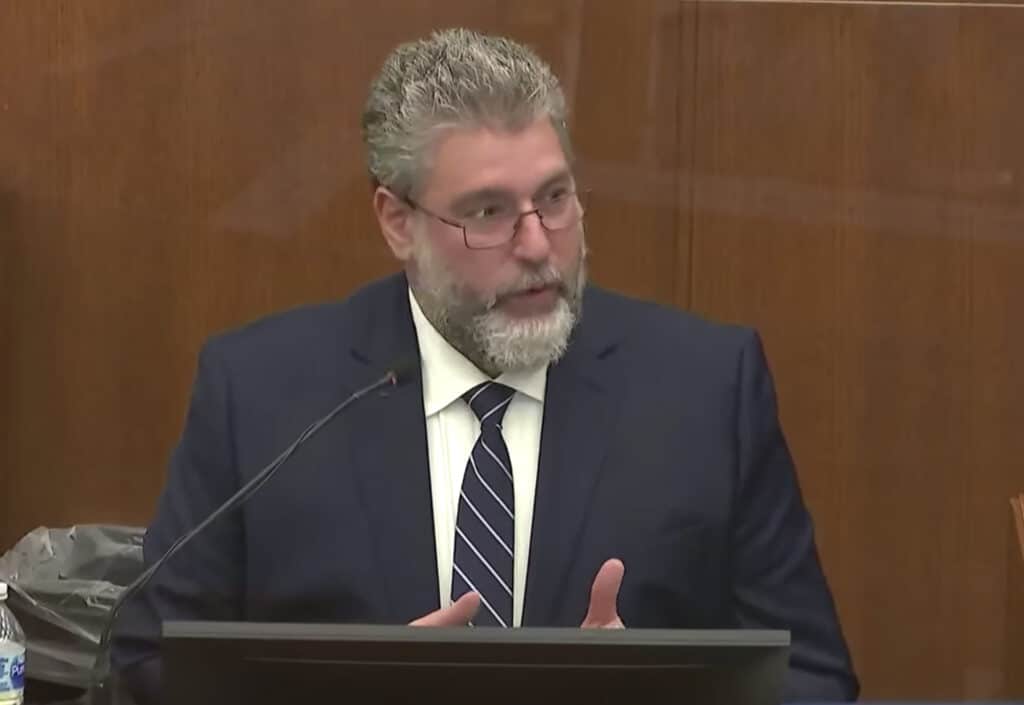
Wright, 20, was killed April 11 after being pulled over in the Minneapolis suburb of Brooklyn Center for having expired license plate tags and an air freshener hanging from his rearview mirror. Kim Potter, 49, is charged with manslaughter.
Potter, a 26-year police veteran who resigned two days later, was trying to stop Wright after he pulled away and got back in his car as officers tried to arrest him on a warrant for a weapons charge. Potter is white and Wright was Black. His death, which came while Derek Chauvin was on trial in nearby Minneapolis in George Floyd’s death, set off several nights of angry protests in Brooklyn Center.
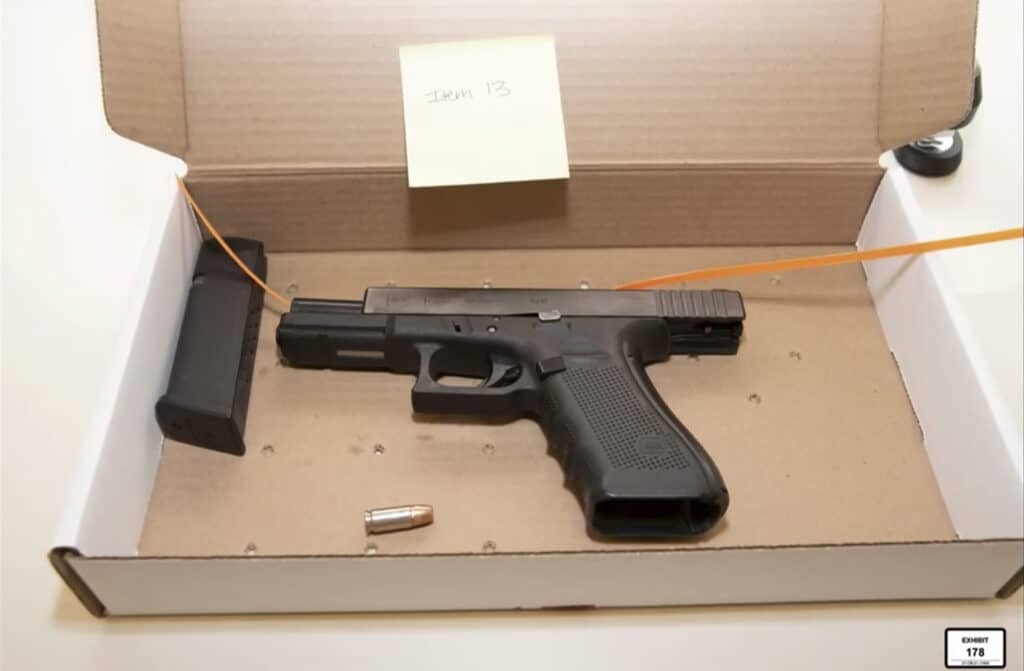
The defense has called the shooting a horrific mistake but has also asserted that Potter would have been within her rights to use deadly force on Wright because he might have dragged another officer, then-Sgt. Mychal Johnson, with his car.
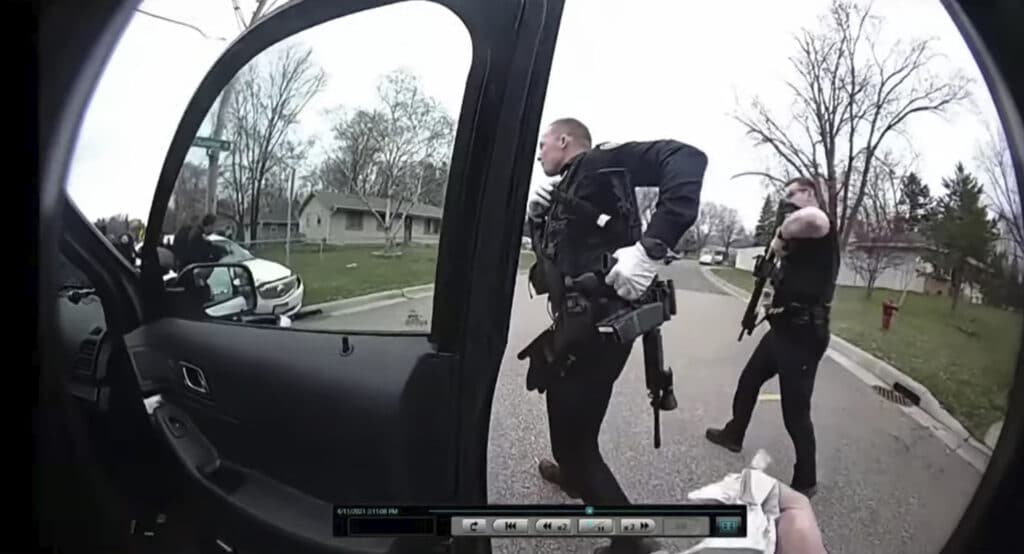
Sam McGinnis, a senior special agent with the state’s Bureau of Criminal Apprehension, testified Monday that Potter’s duty belt had holsters that require an officer to take deliberate actions to release the weapons. The gun holster has a snap, while the Taser holster has a lever. The handgun, which is black, is also twice as heavy as the yellow Taser, McGinnis said.
The Taser and gun have different triggers, grips and safety mechanisms, McGinnis testified. The Taser also has a laser and LED lights that display before it is fired, which he demonstrated for the jury, while the handgun does not, he said.
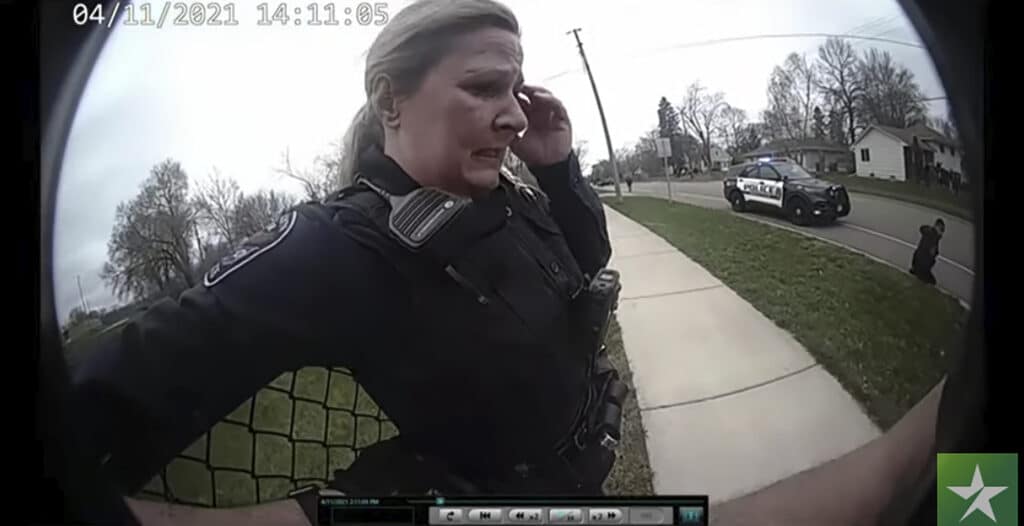
McGinnis also testified that Potter didn’t perform a function test on her Taser at the start of her shift. Although the Brooklyn Center Police Department’s policy is that officers are supposed to do that, McGinnis acknowledged under cross-examination that he didn’t check to see how widely the department’s officers complied.
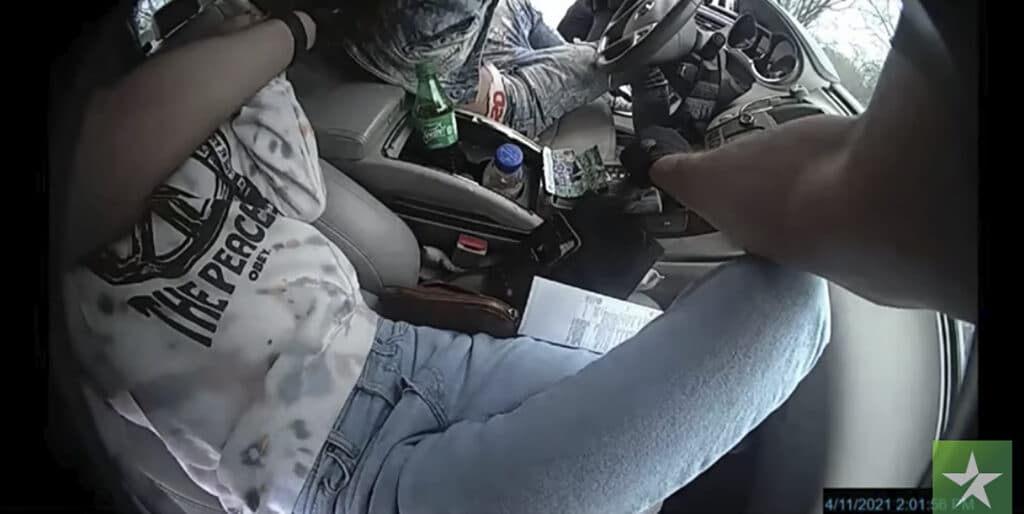
Prosecutors asked to have the jurors handle a Taser, but Judge Regina Chu didn’t allow it after Potter’s attorneys objected. Chu said jurors can do so during deliberations if they want.
Earlier Monday, Dr. Lorren Jackson, an assistant Hennepin County medical examiner, testified that Potter’s bullet caused injuries to Wright’s heart and lungs and those caused his death. He said one can survive such injuries for only “seconds to minutes.”
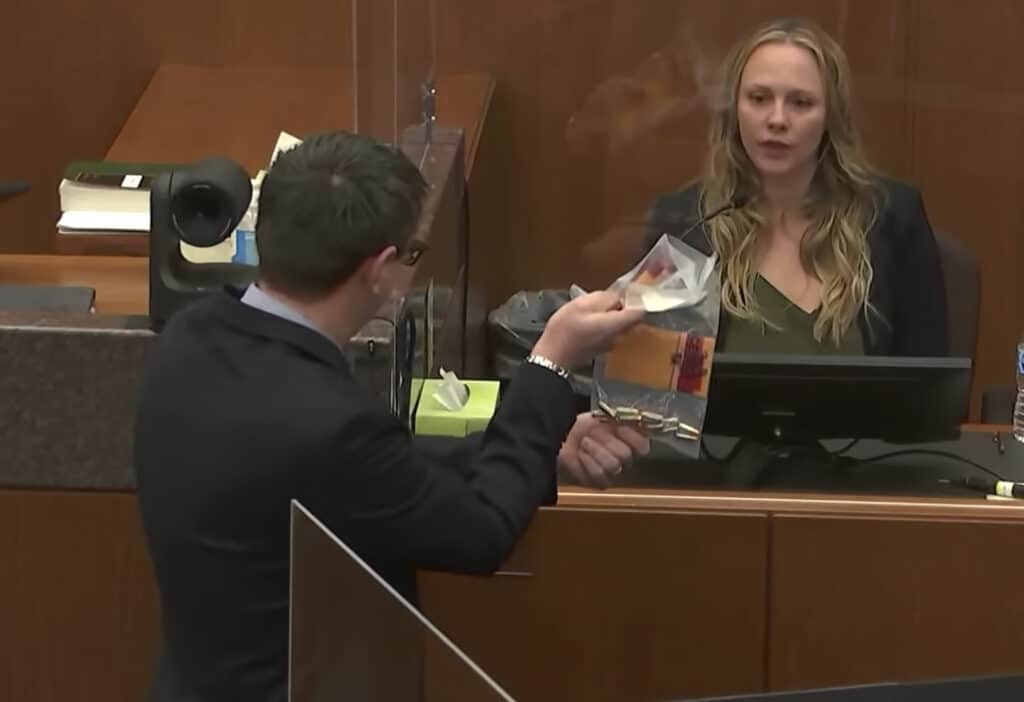
After Wright was shot, his car drove away and collided seconds later with an oncoming car. Any injuries from the crash were insignificant in terms of what caused Wright’s death, Jackson said.
Some officers testified last week that they weren’t able to immediately approach Wright’s car after it crashed because they weren’t sure it was safe to do so. Prosecutors criticized Potter for not immediately radioing in what happened at the traffic stop.
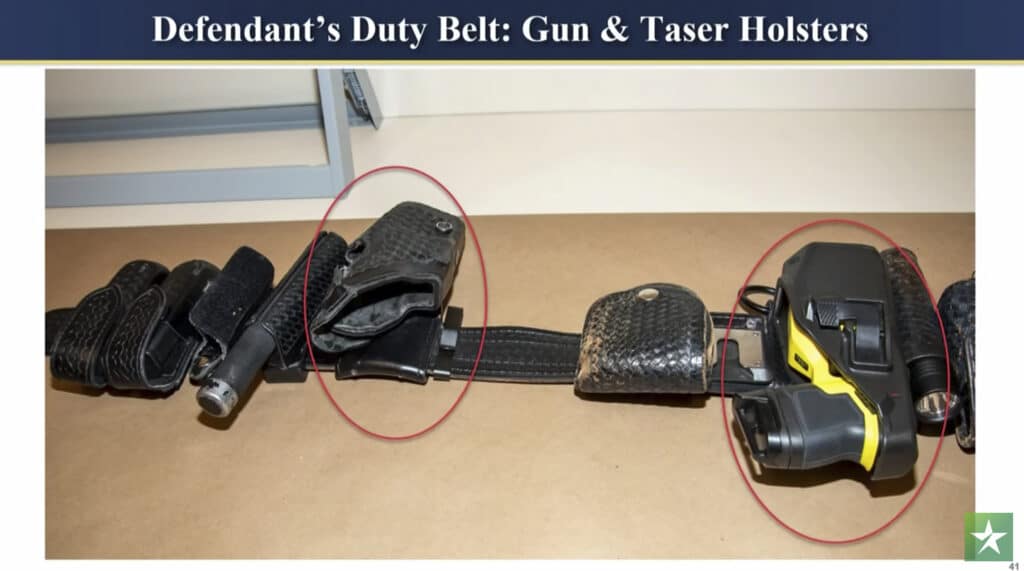
Jackson testified that Wright had some cannabinoids, or THC and its metabolites, in his blood from smoking marijuana, but that they didn’t factor in his cause of death. He said the level of THC metabolites in Wright’s blood was “on the high end” of numbers he sees but was still within a normal range for people who use marijuana.
Jurors were shown graphic images of Wright’s body at the scene, as the assistant medical examiner found the body on the ground, with some medical equipment still attached from lifesaving efforts, and some dried blood from the gunshot wound.

They also saw autopsy photos, which Chu limited after Potter’s attorneys objected earlier in the trial. Wright’s mother, who has been present for much of the testimony, was not in court as the autopsy photos were shown.
Testimony was scheduled to resume Tuesday and the state is expected to rest its case midweek.
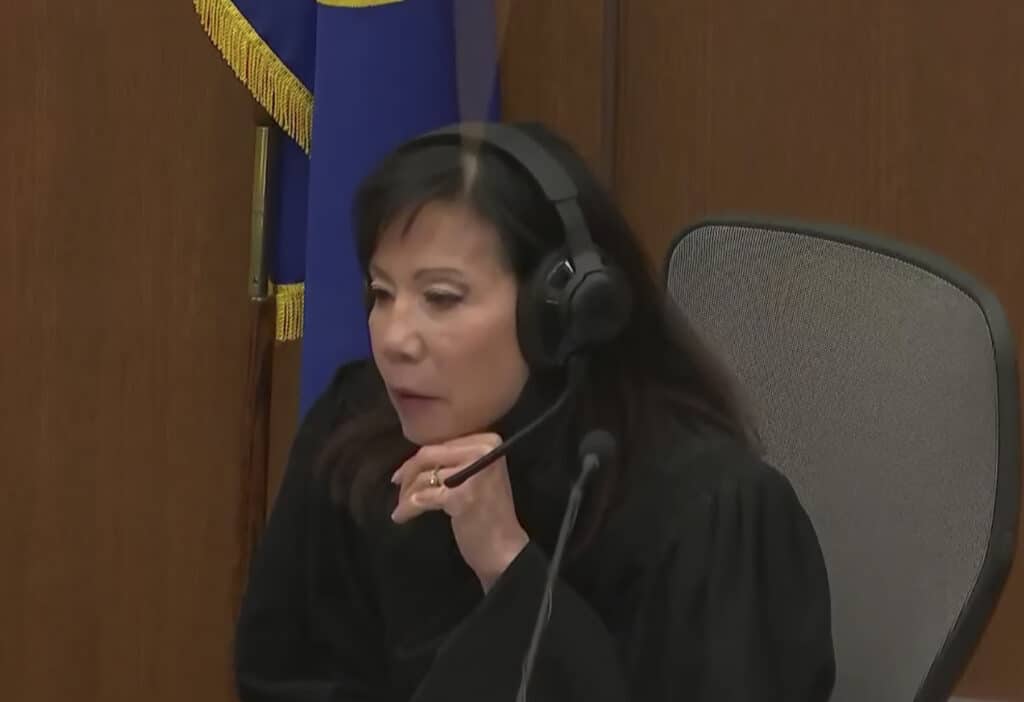
Separately, prosecutors filed two motions Monday, including one designed to limit the opinion of witnesses who are not testifying as experts. That came after Johnson last week testified that Potter’s actions were authorized under state law. Johnson was not testifying as an expert on the police use of force.
Prosecutors also asked Chu for permission to question police officers about union membership. They wrote that Potter had roles in the union, including as president, that gave her an elevated level of respect among her coworkers. They want to ask officers about it so jurors can evaluate any potential bias toward Potter.
The case is being heard by a mostly white jury.

State sentencing guidelines call for just over seven years in prison upon conviction of first-degree manslaughter and four years for second-degree, though prosecutors have said they plan to push for longer sentences.
By AMY FORLITI and STEVE KARNOWSKI
Mohamed Ibrahim in Minneapolis and Scott Bauer in Madison, Wisconsin, contributed to this report.






